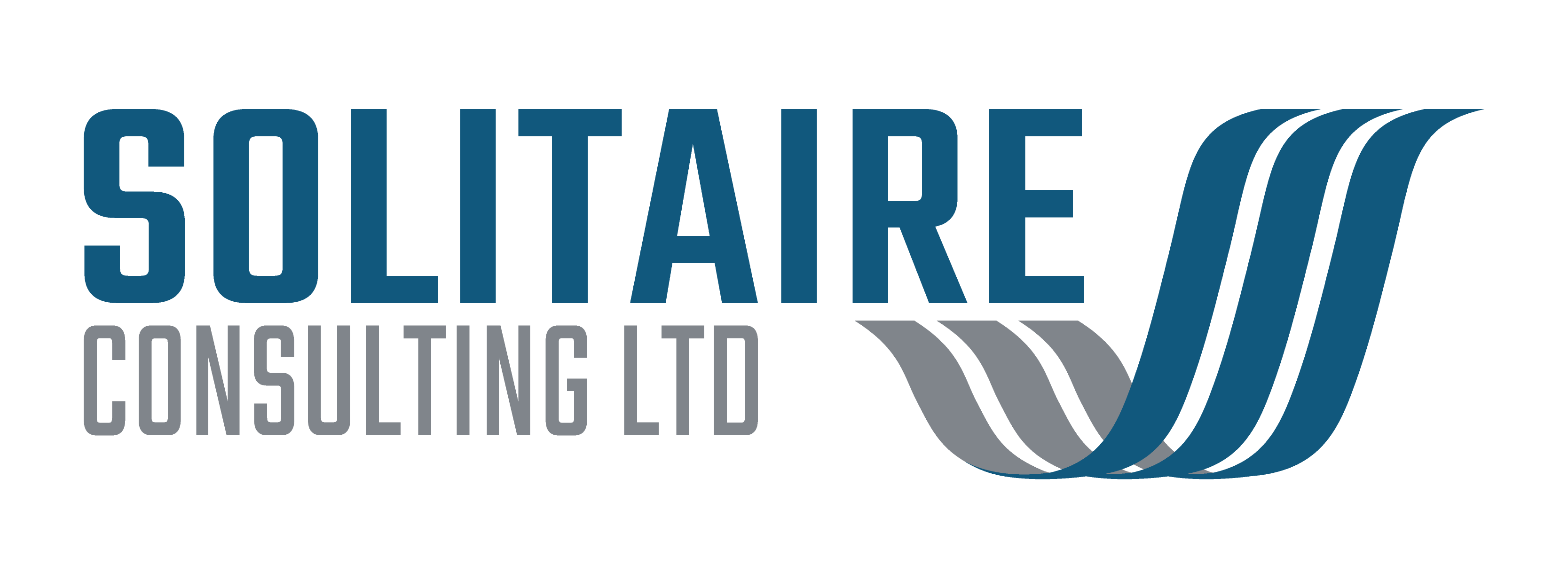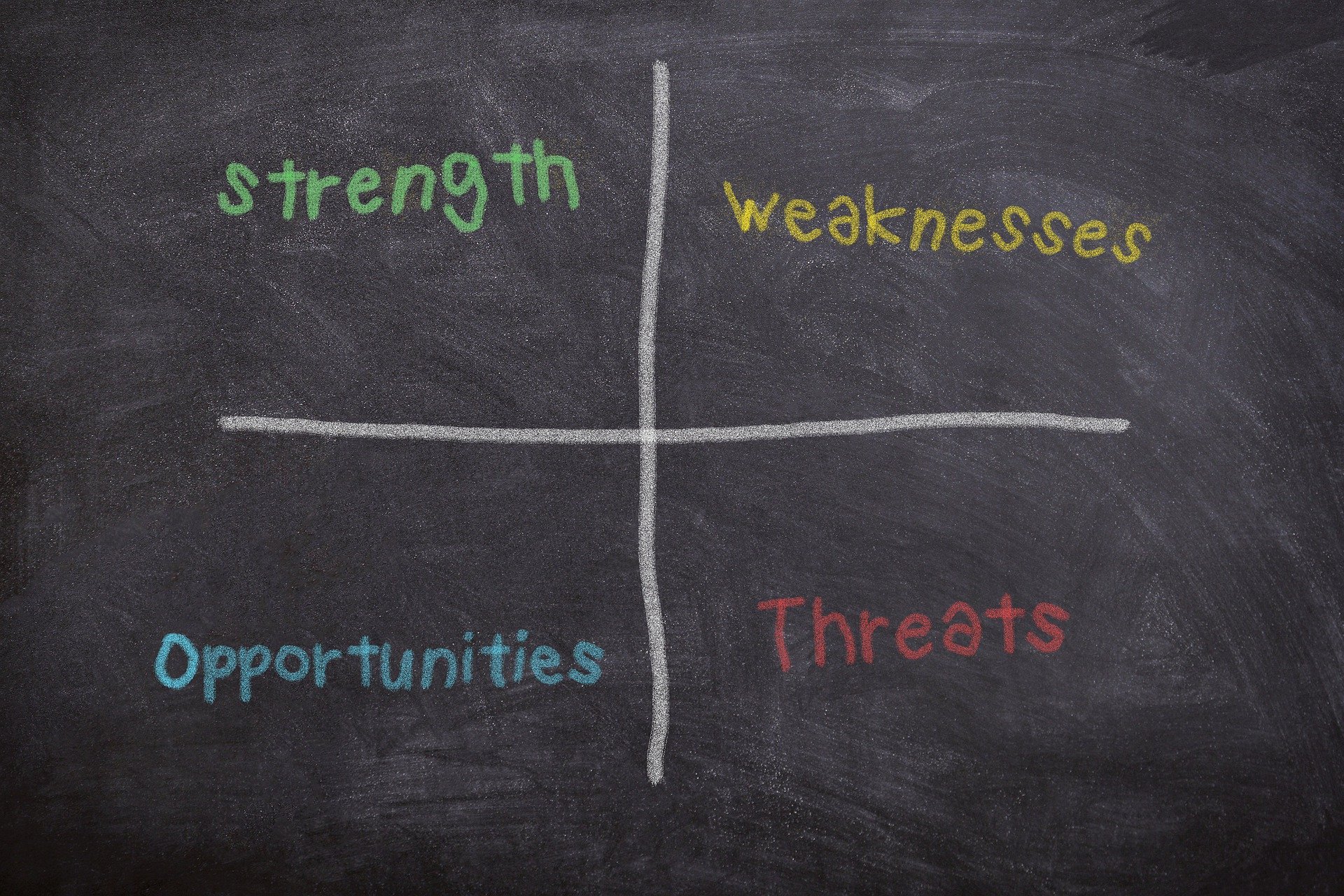I am still surprised at how many people haven’t come across SWOT analysis. SWOT was originated by Albert Humphrey in the 1960’s and was one of the first tools I learnt to use when I was developing my skills as a young manager (not in the 60’s I hasten to add!). It is as useful now as it was then and I often use it both in a business context and as a personal development tool. It is not fool proof and like any tool has its own strengths and weaknesses, but it does provide a simple and easy to use method of understanding your or your businesses strengths and weaknesses, and to help identify the opportunities that are available and the threats you need to face up to.
It can be used as a simple icebreaker helping people get together to kick off strategy formulation, or in a more sophisticated way as a serious strategy tool. What makes SWOT particularly powerful is that, with a little thought, it can help uncover opportunities that you are well placed to exploit. Understanding the weaknesses of your business, you can manage and eliminate threats that would otherwise catch you by surprise.
Strengths and weaknesses are often internal to your organization, while opportunities and threats generally relate to external factors. For this reason the SWOT Analysis is sometimes called Internal-External Analysis. Like many management tools, I have found SWOT most useful in a group where one person’s thoughts help others to identify different factors. In a group situation it is best to draw a 2 x 2 matrix on a whiteboard and fill in each quadrant as part of a facilitated discussion. Note that some attributes can appear as both a strength and a weakness or both an opportunity and a threat. As an example, if analysing one’s own management skills; a sense of humour is a great strength, but when used inappropriately can also be a weakness.
Strengths
- What are the key skills within your business?
- What do you do better than anyone else?
- What are your unique selling points or USP?
- What do people in your sector see as your strengths?
- What factors enable you to win business?
Weaknesses
- What could you do better at?
- What should you avoid doing?
- What factors consistently cause you to lose you sales or customers?
- What are people in your market likely to see as weaknesses?
- Do other people seem to perceive weaknesses that you don’t see?
Consider your strengths and weaknesses from both an internal perspective, and from the point of view of your customers and people in your market. If you’re having any difficulty identifying strengths, try writing down a list of your organization’s characteristics, hopefully some of these will also be your strengths. When looking at your weaknesses also think about them in relation to your competitors; what are they doing that is better than you.
Opportunities:
- How can you take advantage of changes in technology?
- Are there future changes in government policy that you can capitalise on?
- What changes in social patterns, population profiles, lifestyle changes etc can help your business?
- Any local events that can help boost your business?
- Are there opportunities to collaborate of form partnerships for mutual benefit?
Threats
- What obstacles do you face?
- What are your competitors doing?
- Is upcoming government or industry regulation going to be a threat to your business?
- Is changing technology threatening your position?
- Do you have problems with cash flows or bad debts?
- Could any of your weaknesses seriously threaten your business?
SWOT Analysis is a simple but useful framework for analysing your organisation’s strengths and weaknesses, and the opportunities and threats that you face. It helps you focus on your strengths, minimize threats, and take the greatest possible advantage of opportunities available to you. SWOT Analysis can be used to “kick off” strategy formulation, or in a more sophisticated way as a serious strategy tool. You can also use it to get an understanding of your competitors, which can give you the insights you need to craft a coherent and successful competitive position.
When carrying out your SWOT Analysis, be honest, realistic and rigorous. Apply it at the right level, and supplement it with other tools where appropriate.







One Response